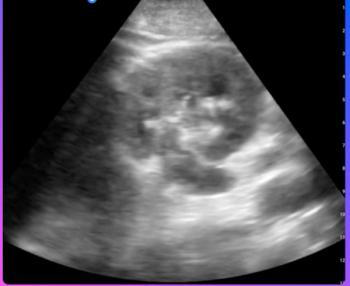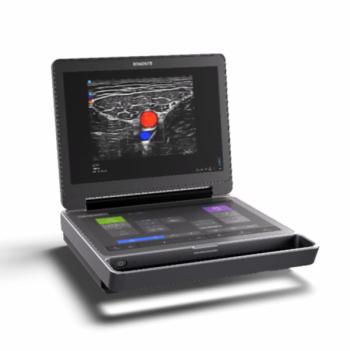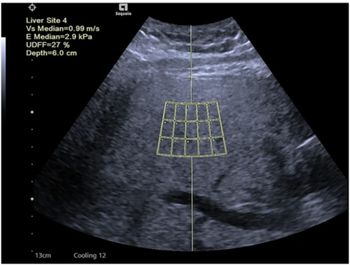
GE’s Cardiovascular Ultrasound Gets FDA Nod
The Vivid E9 Breakthrough 2012 includes a 4-D transducer for transesophageal echocardiography, as well as workflow tools.
GE Healthcare’s latest Vivid E9 cardiovascular ultrasound has received FDA clearance, the company announced.
The Vivid E9 Breakthrough 2012 includes a 4-D transducer for transesophageal echocardiography (TEE), as well as tools for workflow efficiencies.
The 4-D TEE transducer allows the system to be used more often in settings beyond the echo lab, the company said. Clinicians can view precise images of the heart during assessment and diagnosis in the echo lab, as well as support procedures in the operating room and cath lab. The system can now be used for procedures such as mitral valve repair, transcatheter aortic valve repair, atrial septal defect closures and patent foraman ovale closures.
The Vivid E9 BT12 also includes several new cardiovascular ultrasound features aimed at improving 4-D imaging and workflow, such as a new tilt and rotate function. Vivid E9 BT12 is also CE Marked and available for sale across Europe and many countries around the world.
Newsletter
Stay at the forefront of radiology with the Diagnostic Imaging newsletter, delivering the latest news, clinical insights, and imaging advancements for today’s radiologists.




























